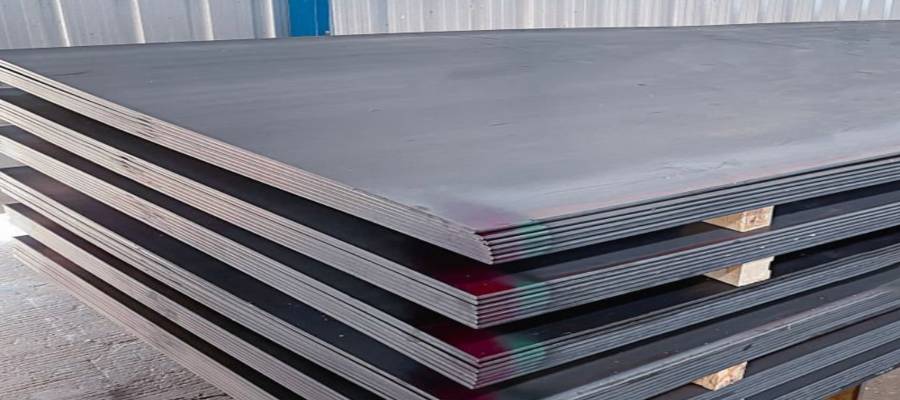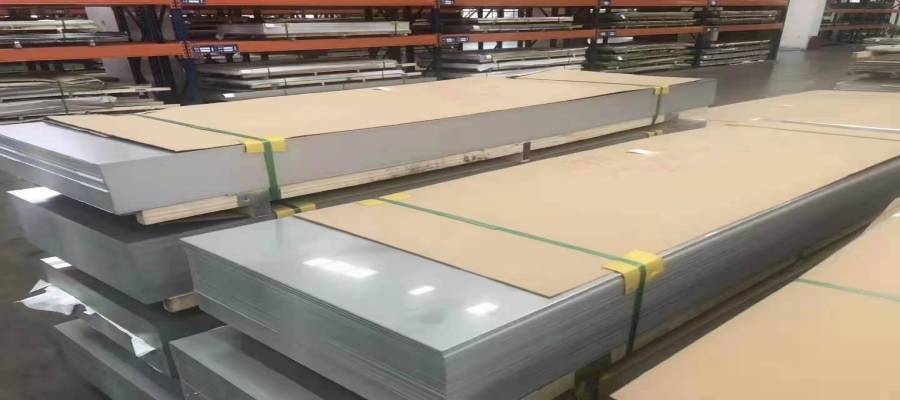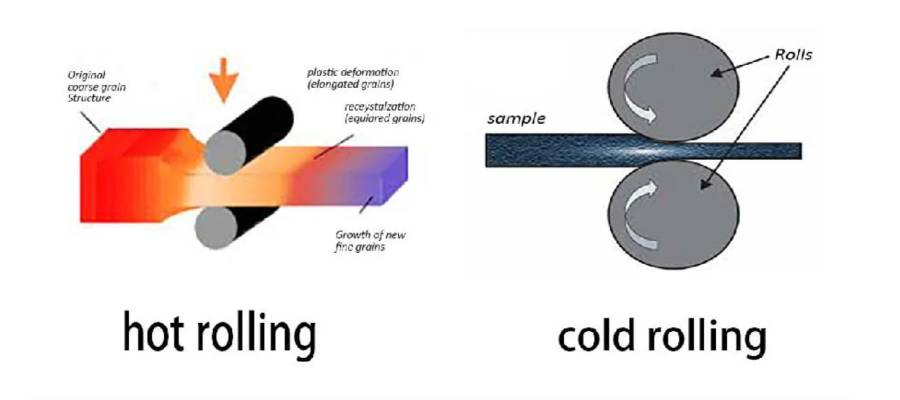Hot Rolled vs Cold Rolled Steel Plate: Key Differences Explained
Steel plate plays a vital role in construction, manufacturing, and infrastructure projects. For most buyers, understanding the difference between hot-rolled and cold-rolled steel plate is key to making the right purchasing decision. While both types are made of steel, their manufacturing processes, surface finishes, mechanical properties, and costs vary significantly.
Steel Plate Production Process Differences
Hot rolled steel plate is produced by rolling steel at high temperatures, typically above 1,000°C, making the metal easier to shape and form. This process results in a plate with slightly rough surfaces, looser dimensional tolerances, and excellent workability. Hot rolled steel is ideal for structural applications, heavy machinery, shipbuilding, and large-scale construction, especially where appearance is not the main concern. It is generally more cost-effective and faster to produce, making it a popular choice in infrastructure projects.

Cold rolled steel plate begins as hot rolled steel but undergoes further rolling at room temperature. This additional processing improves surface smoothness, enhances strength through strain hardening, and achieves tighter dimensional accuracy. Cold rolled steel offers a clean, refined finish, making it suitable for automotive panels, household appliances, precision components, and decorative applications. However, it comes at a higher cost due to the extra manufacturing steps.

The main difference: hot rolling is faster and more cost-effective, while cold rolling produces a more precise, smoother surface.
Steel Plate Surface Finish
Hot Rolled Steel Plate – Slightly rough surface, with a scaled appearance due to the cooling process. Perfect for structural use where aesthetics are not a priority.
Cold Rolled Steel Plate – Smooth, clean surface with tight tolerances, making it ideal for visible applications or products requiring painting and coating.
Steel Plate Mechanical Properties
Hot Rolled Steel – More ductile, making it easier to work with for large-scale construction and welding.
Cold Rolled Steel – Higher strength and hardness due to strain hardening during the rolling process.

Differences in steel plate applications
Hot-rolled steel plates are widely used in bridge construction, shipbuilding, oil and gas pipelines, and heavy machinery manufacturing due to their affordability and high strength.
Cold-rolled steel sheets are more popular in automotive manufacturing, home appliances and furniture production, where high precision and surface quality are required.
Typical Applications:
Hot Rolled: Building frames, ship hulls, storage tanks, heavy equipment.
Cold Rolled: Car panels, electrical cabinets, precision parts, decorative panels.
Cost Considerations
For buyers in developing markets, it is important to focus on the price-performance ratio of steel plates.
Hot Rolled Steel Plates are generally 15–25% cheaper than cold rolled plates, making them the first choice for bulk infrastructure projects.
Cold Rolled Steel Plates cost more due to the extra processing but can save costs in secondary finishing and reduce wastage.
How to Choose the Right Steel Plate
When deciding between hot rolled and cold rolled steel plates, consider:
1. Application Requirements – Structural strength or surface appearance?
2. Budget – Is cost or precision more important?
3. Lead Time – Hot rolled steel can be produced and shipped faster.
For example, a road bridge project in Kenya may require hot rolled steel plates for structural sections, while an appliance manufacturer in Brazil would benefit from cold rolled plates for smooth, precise parts. Different applications should select the correct type of steel plate.
Shineyond Group – Your Reliable Steel Supplier
At Shineyond Group, we supply hot rolled steel plates and cold rolled steel plates in multiple grades, thicknesses, and dimensions to meet the needs of African and South American buyers. We ensure:
1. Consistent Quality – Meeting international standards such as ASTM, EN, and JIS.
2. Competitive Pricing – Direct mill supply for cost savings.
3. Fast Shipping – Reliable delivery to major African and South American ports.
Contact Shineyond Group today to get a competitive quotation for your steel plate requirements and secure the right materials for your next project.
In short, hot rolled steel is best for large, cost-sensitive projects that prioritize strength and volume, while cold rolled steel is ideal for applications requiring precision, smooth finish, and tighter tolerances. The choice depends on budget, performance needs, and the intended end use.
RELATED INFORMATION
Understanding Galvalume Steel Coil: Properties, Applications, and Production Process
2025-04-05
What is a Steel Coil? Understanding Its Roles, Types, and Applications
2025-07-16






